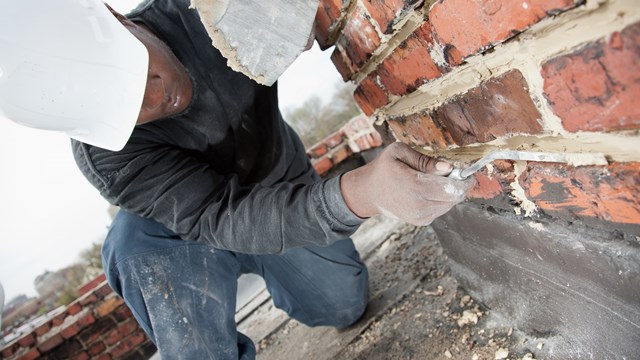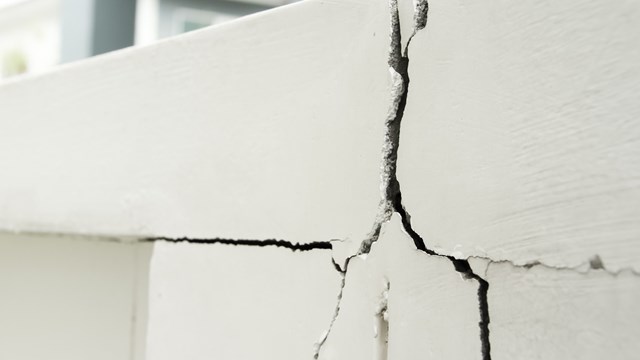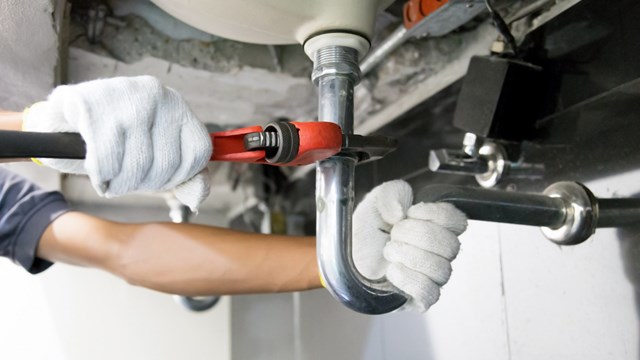
The most important contribution that professional management can make to a client property and its owners is the protection and enhancement of the property’s quality of life and its investment value. It is from these primary fiduciary obligations that all other management activities take their direction.
Maintenance of a property’s structural, mechanical, and cosmetic elements is the most critical aspect of protecting and enhancing quality of life and investment value. Poorly-managed maintenance will have a lasting, and possibly permanent, negative impact on every aspect of a property’s operation.
Five Basic Categories to Remember
Every property manager, chief engineer, and board member needs to be familiar with the five basic categories of maintenance.
Routine maintenance, also referred to as custodial or janitorial maintenance, is property maintenance that is performed on a regularly scheduled basis. This includes simple housekeeping, such as regular cleaning of the common elements, as well as standard, recurring maintenance tasks, such as pool cleaning.
Corrective or service maintenance is maintenance that is performed specifically to repair an item or system. For example, when an elevator breaks down, corrective or service maintenance is called for.
Preventive (also known as preventative) or planned maintenance anticipates potential problems and takes steps to prolong the useful life of a property’s structural, mechanical, and/or cosmetic elements. An example of preventive maintenance would be the performance of inspections on a regularly scheduled basis as recommended by the property’s elevator service company.
Emergency or crisis maintenance is performed with immediate urgency because of an unforeseen situation. For example, a flood in the lobby caused by a burst pipe would require various types of emergency maintenance, such as pipe repair and water removal. Because it requires immediate action, emergency or crisis maintenance is typically the most expensive kind of maintenance. In many cases, however, emergency or crisis maintenance can be avoided by an effective routine and/or preventive maintenance schedule and/or by choosing not to defer maintenance that really needs to be performed.
Deferred maintenance is maintenance that needs to be performed but is delayed or ignored. The reasons for deferring maintenance can run the gamut from waiting to see if a situation will correct itself (it rarely does), to the board deciding that funds are more needed elsewhere. But however expensive a pressing maintenance situation may be, it is important for property decision-makers to bear in mind that a deferred maintenance situation left unaddressed for too long can easily morph into an even more expensive emergency or crisis maintenance situation later on.
Have a Written Documented Plan
Ideally, such a maintenance program should take the form of a documented grid or spreadsheet that is divided into the months of the year and then into daily and weekly tasks within each month. For example, inspecting and cleaning the common grounds may appear on the schedule as a housekeeping maintenance task every day of the year, while testing rooftop fans may be scheduled weekly, and extermination may be scheduled monthly. Other routine and preventive maintenance tasks should be scheduled in their appropriate month; for example, the schedule might require fire alarm inspection in February, inspection and repair of docks in May, interior carpet shampooing in March and September, and cleaning and resealing the sump in November. Also included on the master maintenance schedule should be the dates when service company contracts require inspections or other activities.
In fact, planning in advance is the most important aspect of effectively managing a property’s structural, mechanical, and cosmetic maintenance. Advance planning is a good indicator of efficient management. For this reason, forward-thinking, proactive management will prepare, and present to association decision-makers, comprehensive documentation of every structural, mechanical, and cosmetic element that requires any type of maintenance, and will authoritatively project out the likely remaining useful life, repair, and replacement requirements of each element. A superior document also will include current and future maintenance, repair, and replacement pricing.
Every association should expect knowledgeable, proactive attention from their managing agent or association manager with regard to the maintenance of the property’s structural, mechanical, and cosmetic elements. It is part of management’s duty to bring significant maintenance-related issues to the board’s attention in a manner timely enough to keep the situation within the bounds of routine or preventive maintenance and out of emergency/crisis maintenance.
To accomplish this, management must take a long view of the property and its needs, and make specific, deliberate plans to address those needs in a timely, thorough, and professional manner. When the managing agent does so, the association and its staff will operate more smoothly, the manager’s job will be easier, owners and residents will benefit from enhanced quality of life and investment value, and the board will be congratulated for having made a wise management decision.
Ellen Lohr, LCAM, is the president of AKAM On-Site – Florida, Inc. The Boca Raton-based company manages many of Florida’s most prestigious condominiums, cooperatives, and homeowner associations.






2 Comments
Leave a Comment